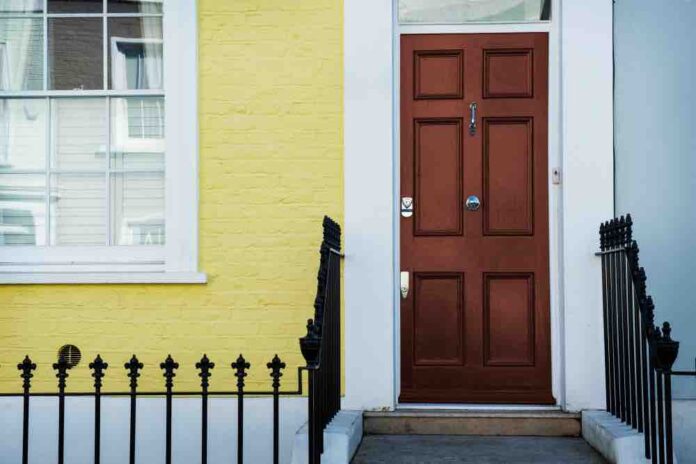When upgrading or installing new windows and doors in the UK, it’s essential to comply with current building regulations. These regulations ensure that installations meet safety, security, and energy efficiency standards, protecting both homeowners and the environment. Here’s a comprehensive overview to help you navigate the complexities of these regulations.
1. Part L – Conservation of Fuel and Power
One of the key sections of building regulations concerning windows and doors is Part L, which focuses on the conservation of fuel and power. This part mandates that any new windows and doors have a certain level of thermal efficiency. Specifically, windows should meet a minimum U-value (a measure of heat transfer) which currently stands at 1.6 W/m²K for windows and 1.8 W/m²K for doors.
2. Part F – Ventilation
Part F of the building regulations covers ventilation. It ensures that adequate means of ventilation are provided for people in the building. This is particularly important when installing new windows or doors, as changes can affect air flow within the home. For example, if you’re replacing old windows with double-glazed units, you might also need to consider additional ventilation to maintain air quality.
3. Part Q – Security
Part Q relates to security in new dwellings. It requires that windows and doors in new homes (and where applicable, in existing homes) are made to a design that has been shown to be secure. This often means they must be tested to certain security standards or specifications to prevent unauthorised access.
4. Part B – Fire Safety
This part of the building regulations is crucial, particularly for windows in multi-storey buildings. Part B ensures that fire safety considerations are met, which can include the type and positioning of windows to facilitate escape routes and fire spread limitation.
5. Compliance and Certification
When installing new windows and doors, it’s important that the products used are compliant with these regulations. Look for windows and doors that come with a CE marking, which indicates compliance with EU regulatory requirements, an essential part of demonstrating that they meet UK standards.
6. Planning Permission vs Building Regulations
It’s crucial to distinguish between planning permission and building regulations approval. While planning permission deals with the aesthetics and impact on the environment or neighbourhood, building regulations focus on safety and performance standards. In most cases, replacing windows and doors won’t require planning permission unless your property is listed or in a conservation area, but you will still need to comply with building regulations.
7. Using Registered Installers
Using installers registered with Competent Person Schemes (CPS) can streamline the process. Installers registered with these schemes are authorised to self-certify that their work complies with building regulations, saving you the hassle and expense of arranging a separate assessment from local authority building control.
8. Documentation and Record Keeping
Finally, ensure you keep all documentation relating to the installation of windows and doors, including details of compliance with building regulations and any warranties. This documentation can be crucial for future reference, especially if you plan to sell the property.
Conclusion
Navigating the UK building regulations for door and window installations can be complex, but understanding and adhering to these standards is essential for legal compliance and ensuring the safety and efficiency of your home. Working with certified professionals and keeping abreast of any changes in the regulations can help make the process smoother and ensure that your home improvements meet all necessary standards.



